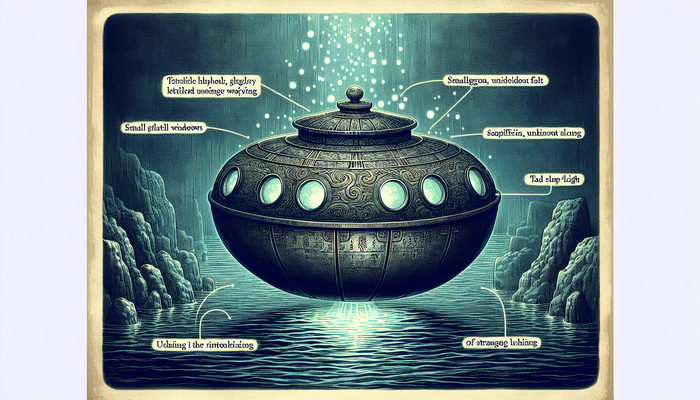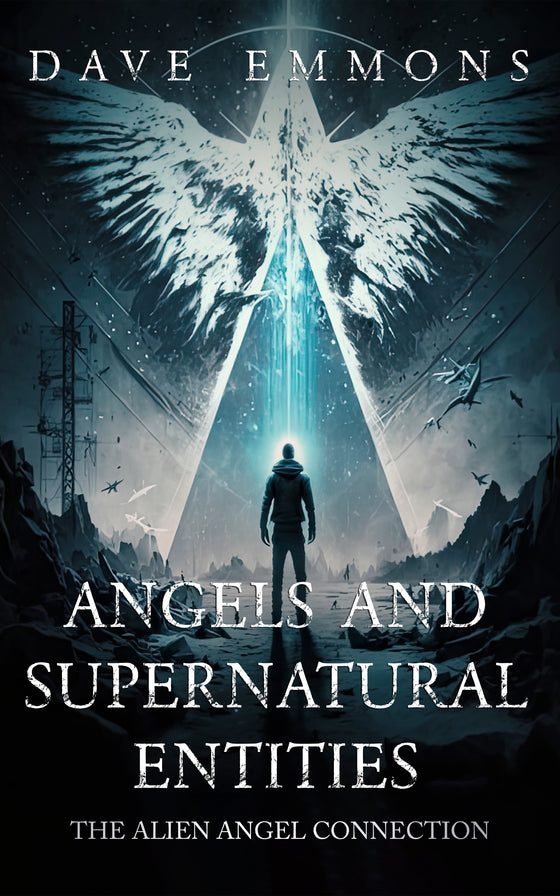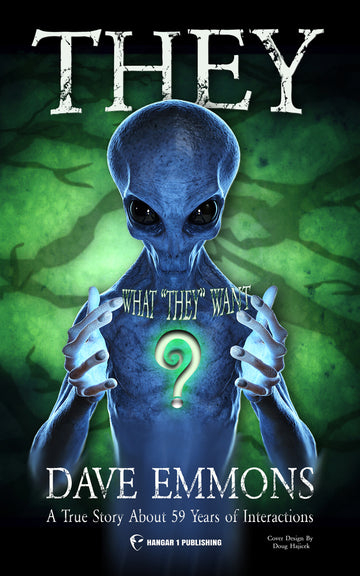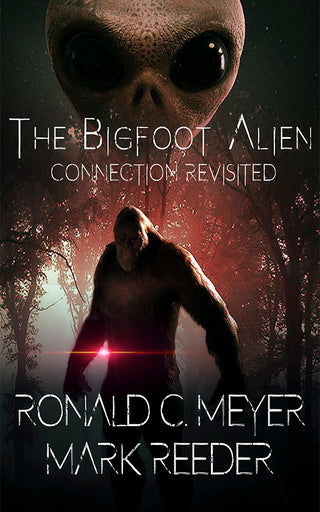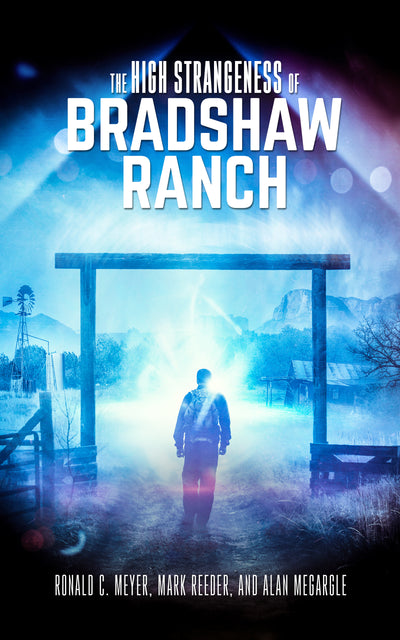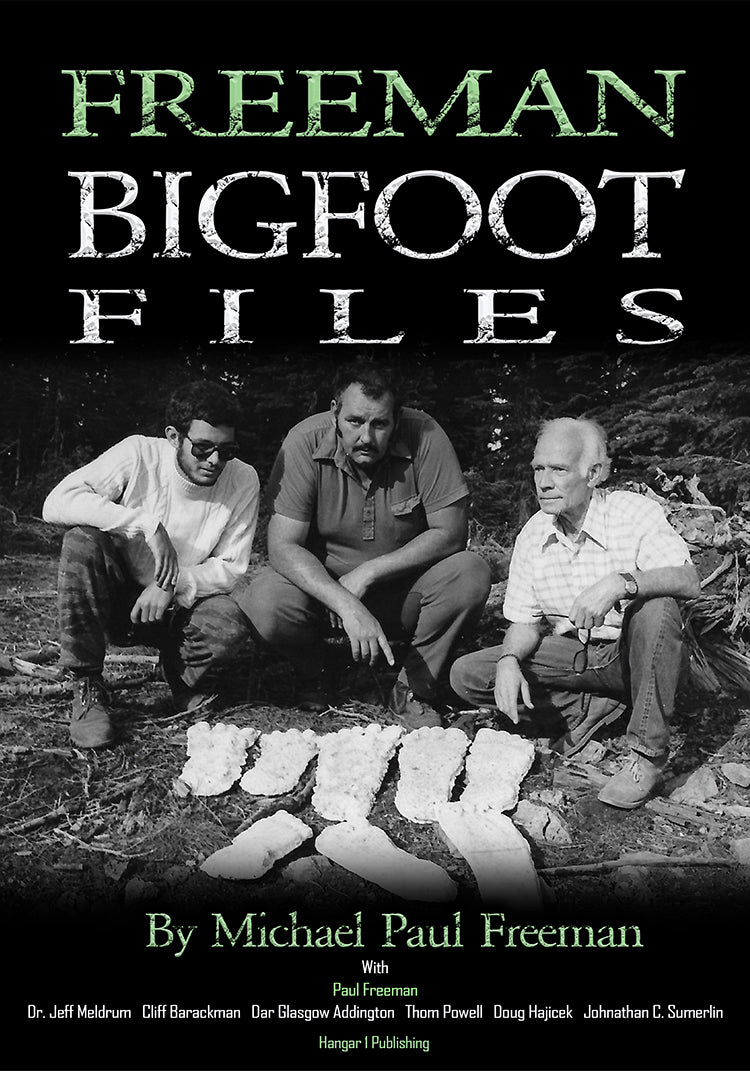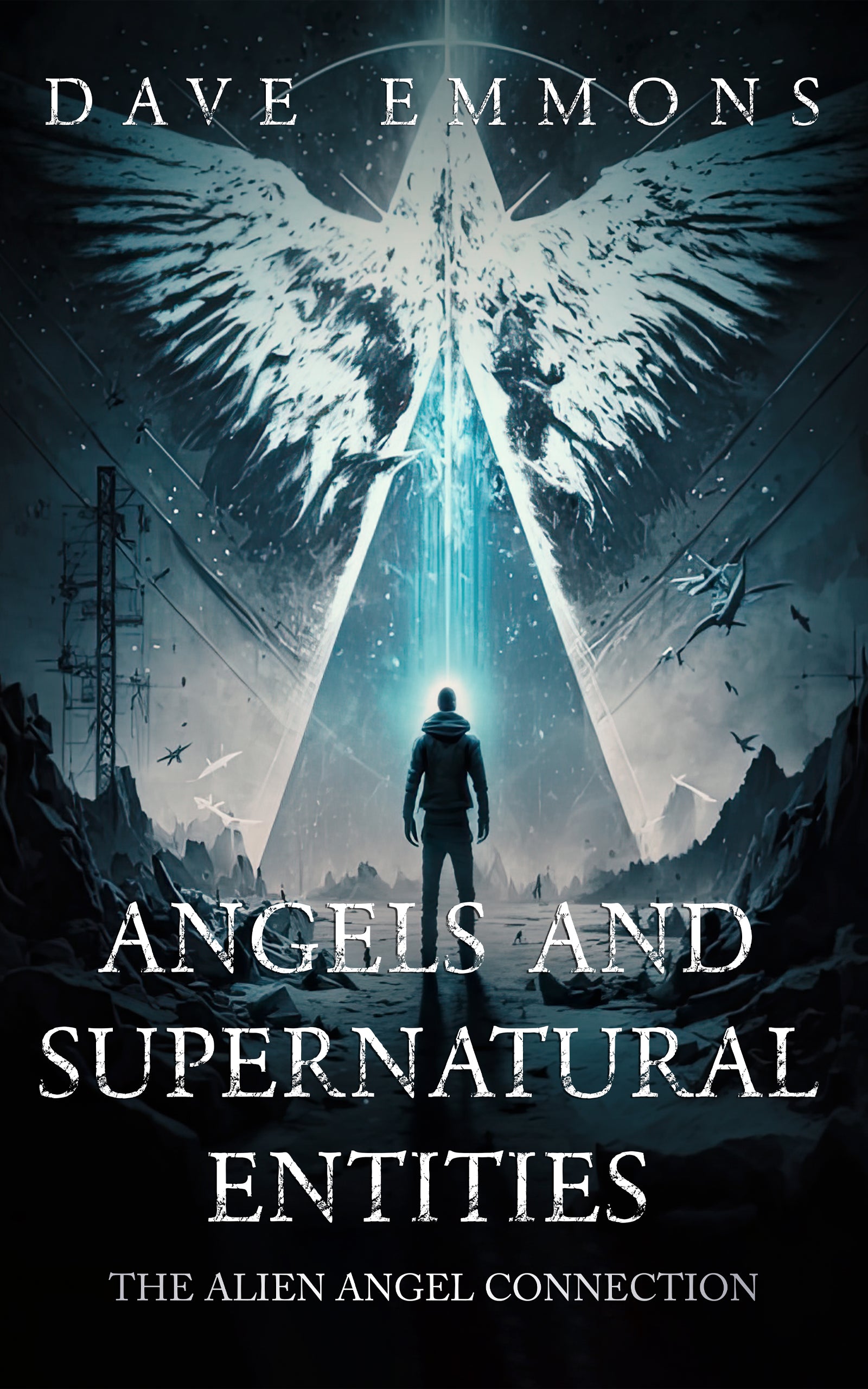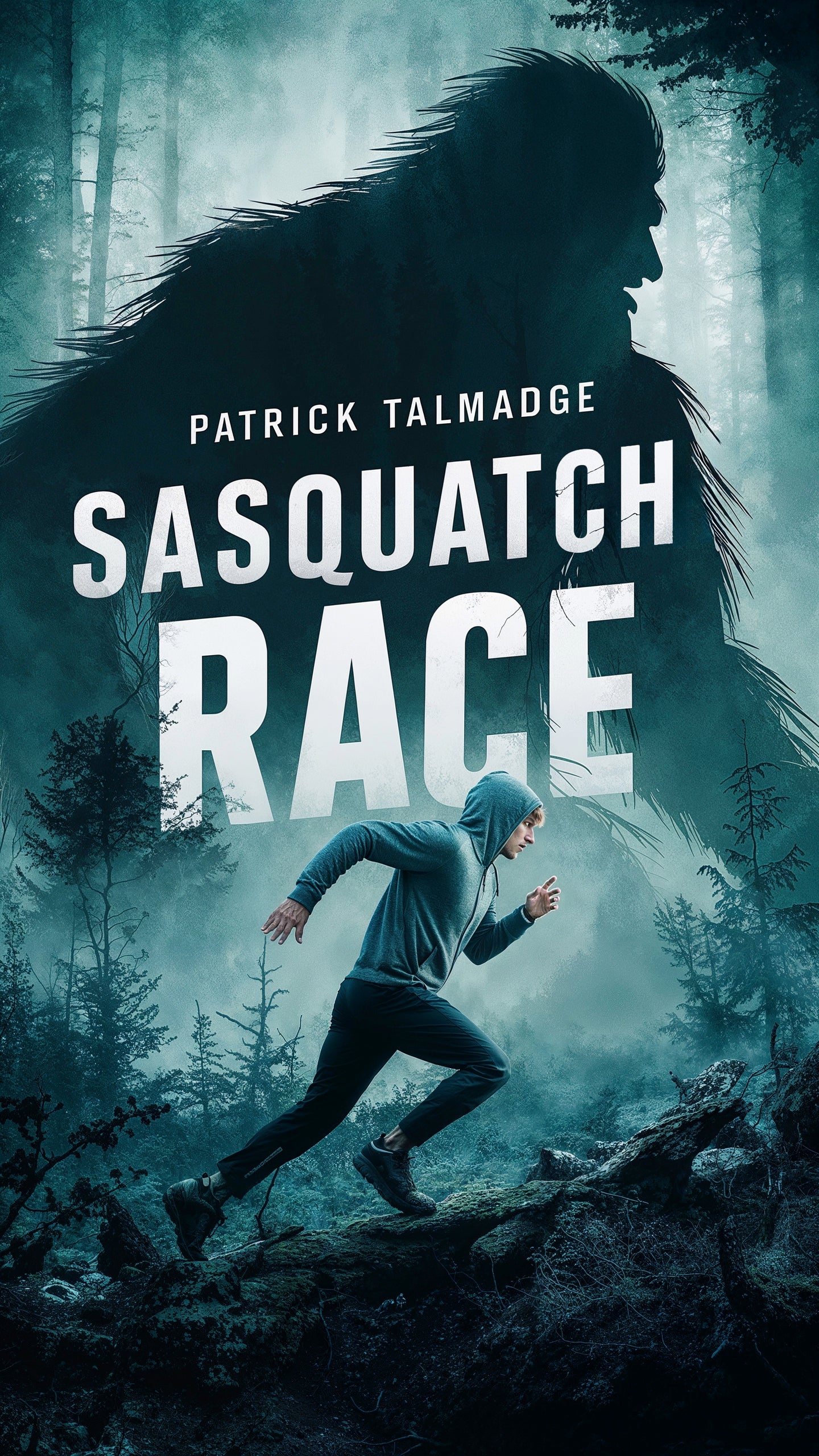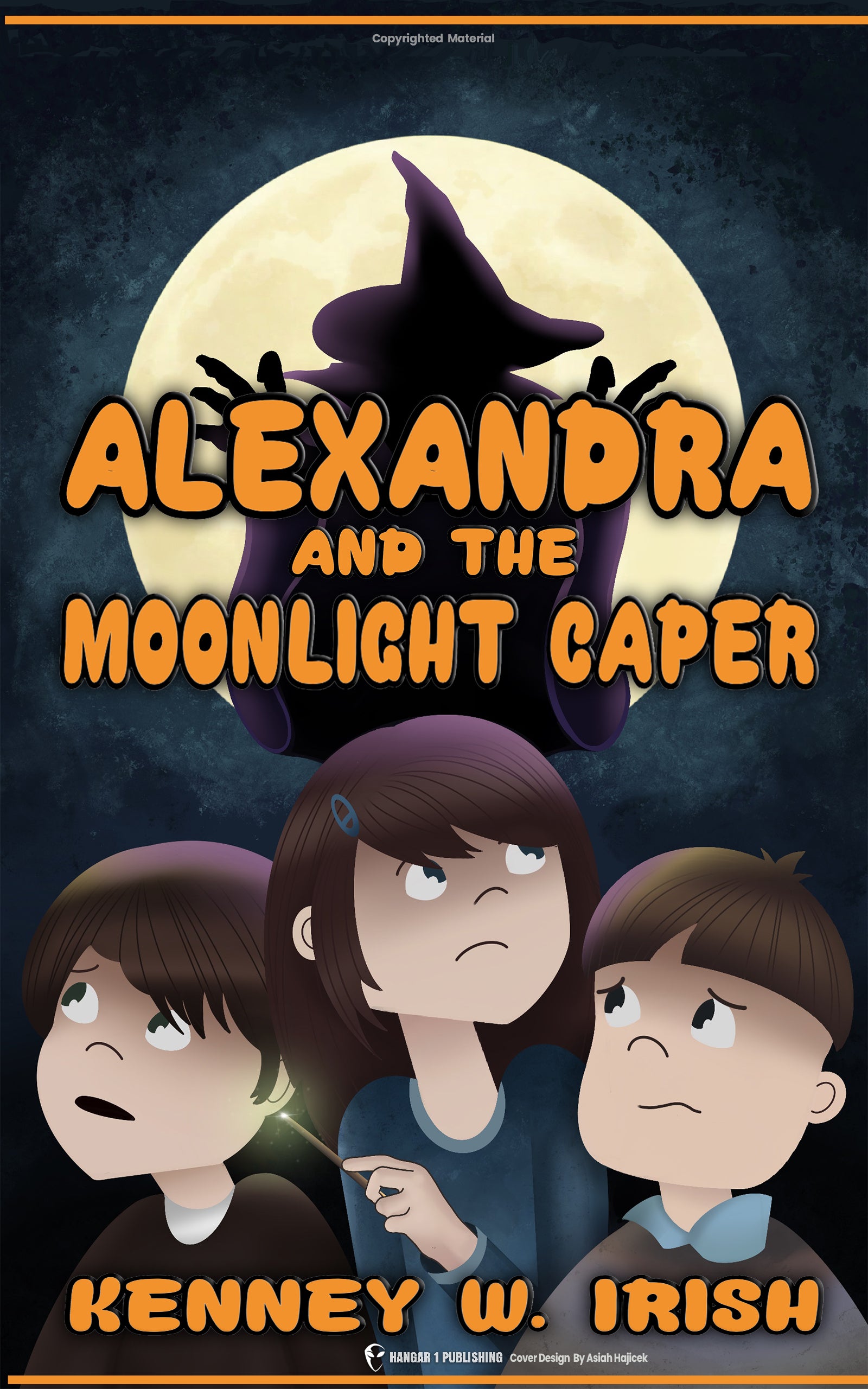Declassified FBI Files Revealed
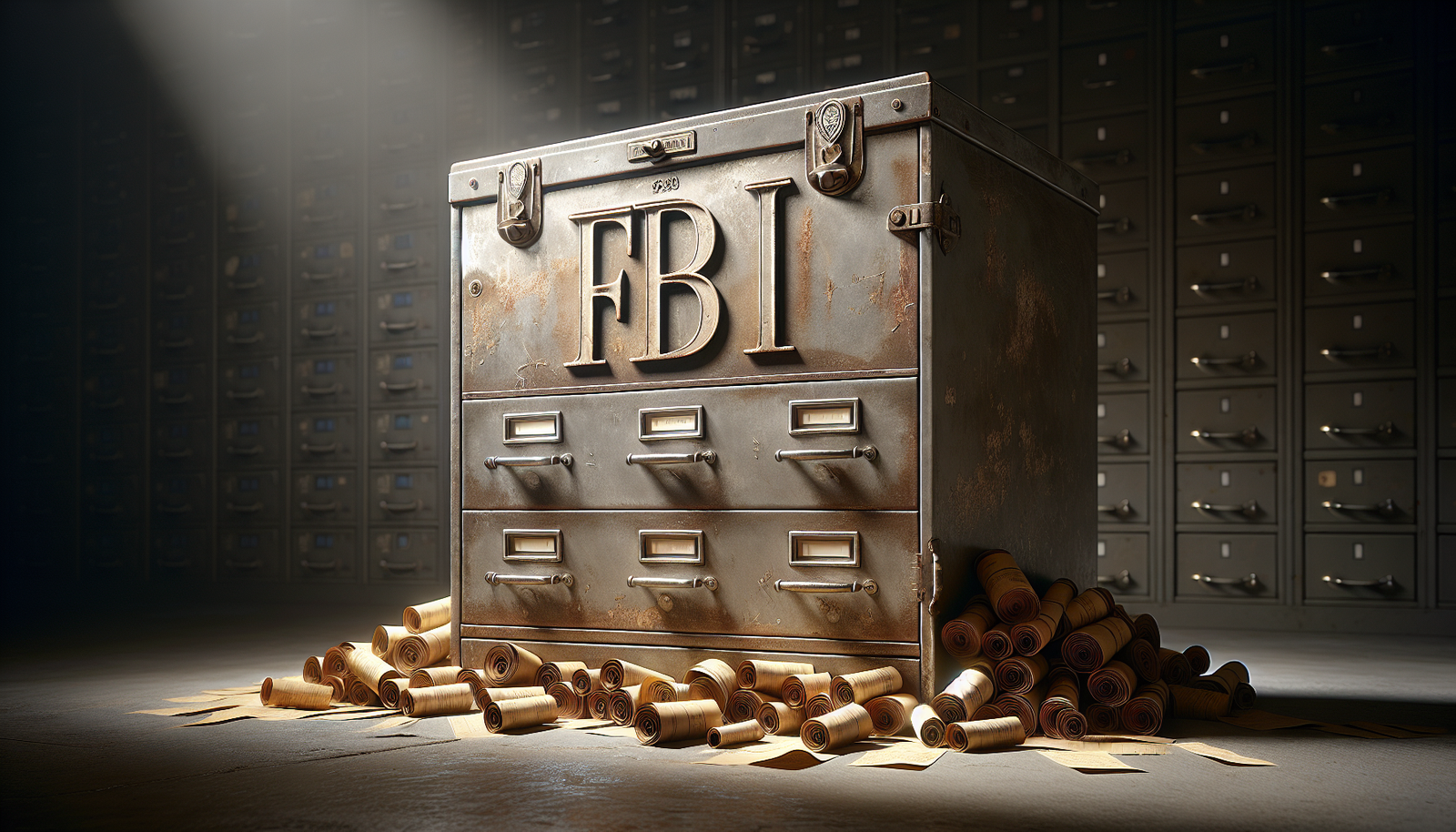
By Vanessa Torres, Ufologist
Introduction: Unlocking the Vault – A Glimpse Behind the Curtain
Imagine, if you will, a vast, hidden library holding some of America's most guarded secrets – tales of political maneuvering, shadowy surveillance operations, intense criminal investigations, and perhaps even whispers of encounters beyond our everyday understanding. Now, picture the doors to this library creaking open, slowly, file by file, revealing the contents within to anyone curious enough to look. This isn't a scene from a spy thriller; it's the reality of declassified FBI files.
These are the historical records, the once-secret documents detailing the Federal Bureau of Investigation's actions, investigations, and sometimes, its intrusions into the lives of citizens and pivotal historical moments. Born from surveillance logs, informant reports, case summaries, and internal memos, these files become public through legal mandates and the simple passage of time. They represent far more than just bureaucratic paperwork; they are a raw, unfiltered look into the workings of one of the world's most formidable law enforcement agencies. For historians, researchers, journalists, and the simply curious, they offer an unparalleled resource for understanding the currents that have shaped modern American history.
There's an undeniable pull towards the forbidden, a magnetic draw to information once deemed too sensitive for public eyes. What secrets did J. Edgar Hoover keep locked away? What really happened in the chaotic days following major assassinations? Did the Bureau truly investigate things that seem, from our modern vantage point, utterly bizarre? The declassification process peels back layers of secrecy, exposing the complex interplay of power, fear, politics, and the relentless pursuit of information – sometimes justified, sometimes deeply questionable – that defined much of the FBI's 20th-century operations. Accessing these files used to require navigating labyrinthine physical archives, but the landscape is shifting, bringing these secrets, quite literally, to our fingertips. This journey into the declassified world of the FBI reveals not just the Bureau's history, but often, a hidden history of America itself.
The Shifting Landscape of Secrecy: From Filing Cabinets to The Vault
For decades, the heart of the FBI's institutional memory resided not in digital clouds, but within colossal repositories packed with row upon row of filing cabinets. Think millions upon millions of paper documents. Donna Ray, a veteran area manager from the FBI's Criminal Justice Information Services Division, recalled a time when hundreds of people worked shifts simply searching these physical files. A fingerprint card arriving didn't trigger an algorithm; it prompted a human examiner to determine its Henry classification, a system guiding them to the approximate cabinet, where they would then manually sift through records, sometimes for hours, looking for a match. It was a meticulous, hands-on process, demanding intimate knowledge of the filing systems – a "dying art," as Ray aptly described it, belonging to a bygone era. Public access under such a system was, understandably, a cumbersome affair.
Then came the digital revolution, fundamentally altering how these secrets are stored and shared. The most significant leap forward for public access is undoubtedly "The Vault," the FBI's own online electronic reading room. Launched to replace older, less user-friendly systems, The Vault is a growing digital archive containing thousands of previously classified files, scanned and made available online. Suddenly, records on Al Capone, Marilyn Monroe, or even UFO sightings are accessible from your home office. This shift is monumental, underscored by events like the "Great Declassification of ‘06," where an executive order led to the declassification of a staggering 270 million pages of records dating from the 1920s to 1981.
But unlocking these secrets isn't as simple as flipping a switch. Declassification is governed primarily by the Freedom of Information Act (FOIA) and the Privacy Act, which allow citizens to request government records. You can file a request online or by mail, specifying the information you seek. Additionally, Executive Orders sometimes mandate the release of files related to specific historical events, such as the assassinations of prominent figures like JFK, RFK, and MLK. However, "declassified" doesn't mean "instantly public." Before release, these documents undergo a painstaking review process. A dedicated team, a "small army of experts" as one official put it, meticulously scrubs the files, redacting information deemed still sensitive. This could include personal details (like the Social Security numbers controversially released in some unredacted JFK files), the identities of confidential informants, details about sensitive investigative techniques, or information violating agreements with foreign governments. It's a complex balancing act between transparency and necessary secrecy, and it takes time. Furthermore, not every piece of paper the FBI ever generated is destined for preservation; many routine files are eventually destroyed based on approved records disposition schedules, meaning some history is inevitably lost.
The journey towards full disclosure is very much ongoing. The Vault is updated regularly with newly processed files, and the National Archives and Records Administration (NARA) plays a crucial role, serving as the permanent home for historically significant FBI records once they've been fully processed. For researchers, navigating this involves checking The Vault, submitting FOIA requests directly to the FBI, and consulting the holdings at NARA. It's a multi-pronged approach to accessing a constantly evolving historical record.
Shadows of the Past: High-Profile Investigations Unearthed
Few areas within the declassified archives generate as much intrigue as the files concerning major historical traumas and controversies. The raw data, internal memos, and field reports offer glimpses into the chaos, confusion, and sometimes, the calculated actions surrounding events that have haunted the American psyche for decades.
The Kennedy Files: Lingering Questions and a Web of Intrigue
The assassinations of President John F. Kennedy in 1963 and his brother, Senator Robert F. Kennedy, just five years later, remain subjects of intense speculation. While the declassified FBI files haven’t produced a single document definitively overturning the official conclusions, they certainly enrich the narrative and expose the complex, often shadowy world of intelligence and counterintelligence during the Cold War. Recently released JFK-related documents, for example, shed light on the activities of James Angleton, the CIA's long-serving counterintelligence chief. These records detail his communications with Israeli intelligence representatives and his role in exposing a Soviet KGB agent operating under deep cover in South Africa. While not directly implicating him or others in the assassination, these details paint a vivid picture of the global espionage chessboard upon which the events of 1963 unfolded.
The files detailing the aftermath of RFK's assassination in 1968 are particularly stark. They reveal a palpable sense of panic gripping FBI field offices as tips—some credible, some wild—flooded in. We read reports of a man near the Los Angeles airport making death threats against the remaining Kennedy family members, and another chilling, albeit unverified, claim about explosives planted near the route of RFK's funeral train. Most disturbing, perhaps, are the recovered handwritten notes of his assassin, Sirhan Sirhan. Scribbled weeks before the shooting, they reveal his chillingly calm "unshakeable obsession" to eliminate RFK, alongside threats against Arthur Goldberg, the US Ambassador to the UN at the time. These documents offer a raw look into the mindset of the killer and the volatile atmosphere surrounding the Kennedys. The declassification process itself hasn’t been without fault; the release of unredacted JFK files containing hundreds of Social Security numbers and personal addresses drew sharp criticism for its sloppiness, underscoring the challenges of handling such vast amounts of sensitive historical data. Ultimately, while conspiracy theories abound, the files primarily offer context, detail the investigative process, and reveal the anxieties of the era, rather than providing easy answers.
MLK Under Siege: Hoover's Campaign to Discredit
The declassified records concerning Dr. Martin Luther King Jr. lay bare one of the most disturbing chapters in FBI history. J. Edgar Hoover’s animosity towards the civil rights leader was well-known, but the files reveal the chilling extent of the Bureau's campaign against him. Under the infamous COINTELPRO (Counter Intelligence Program), the FBI actively sought to "expose, disrupt, misdirect, discredit, or otherwise neutralize" Dr. King and the movement he represented. This wasn't merely passive surveillance; it was psychological warfare waged by a government agency against its own citizens fighting for basic rights.
Emerging documents also force a uncomfortable reassessment of President Lyndon B. Johnson's role. While often portrayed as a partner to King on civil rights legislation (until their split over Vietnam), declassified memos suggest Hoover regularly updated LBJ on the intensive surveillance of King. Johnson, it appears, did nothing to curtail the FBI’s actions, perhaps seeing strategic value in the intelligence or, as aides suggested, simply enjoying access to the salacious details Hoover provided about King's private life. This paints a picture not just of a rogue FBI director, but of acquiescence, or even encouragement, from the highest office in the land, highlighting the deep institutional resistance King faced.
The most grotesque artifact of this campaign is the anonymous "FBI King letter." Sent to King in 1964 along with secretly recorded tapes allegedly documenting extramarital affairs, the letter is a venomous screed filled with racist invective. It labels King an "evil beast" and concludes with a thinly veiled exhortation for him to take his own life: "King, there is only one thing left for you to do... There is but one way out for you. You better take it..." That the FBI authored such a document is a horrifying testament to the abuse of power under Hoover. The files also feed into the persistent questions surrounding King's assassination. While not providing conclusive proof of government involvement, they document the hostile environment created by the FBI, lending credence perhaps to the unanimous verdict of a 1999 Memphis civil jury which found that King was the victim of a conspiracy involving government agencies, a belief shared by his widow, Coretta Scott King.
The Epstein Network: Promises of Transparency and Ongoing Releases
The case of Jeffrey Epstein, the convicted sex offender whose crimes ensnared a network of powerful figures, has spurred intense public demand for answers and accountability. The initial release of declassified FBI files related to Epstein, coordinated by Attorney General Pamela Bondi in early 2025, represented a step towards transparency. This first batch largely contained materials that had previously surfaced through leaks – things like redacted court documents, Epstein's infamous flight logs, and his contact book – but lacked formal government release.
However, this initial release was met with considerable public disappointment, with many critics arguing it offered little new information about Epstein's network or potential co-conspirators. The situation grew more complex when it was revealed that thousands of additional pages related to the Epstein investigation existed but hadn't been included in the first tranche. Attorney General Bondi demanded these remaining documents, tasking the FBI Director with investigating the oversight. This prompted a public statement from FBI Director Kash Patel vowing a "new era" of integrity, promising "no cover-ups, no missing documents, and no stone left unturned." While this rhetoric suggests a commitment to full disclosure, the White House later stated there was "no specific timeline" for releasing the rest of the files. The crucial, and time-consuming, process of reviewing and redacting these documents to protect the identities of Epstein's many victims continues, leaving the public waiting for potentially more significant revelations about the scope of his monstrous activities and who may have enabled them.
Beyond the Headlines: Unexpected and Bizarre Discoveries
While assassinations and vast conspiracies dominate much of the discussion around declassified FBI files, the archives are brimming with stories that are surprising, strange, and sometimes, unintentionally humorous. These files reveal the Bureau casting its net far wider than many might expect, investigating cultural icons, fringe phenomena, and perceived threats that seem almost comical in hindsight.
The King of Rock and Roll Under Watch
It might seem incredible, but yes, Elvis Presley – the King of Rock and Roll – had a substantial FBI file and was subject to surveillance for years. Initially, the file seems to have originated from genuine concerns about threats against his life, including an anonymous letter claiming a Red Army soldier planned to assassinate him while he served in Germany. However, the file quickly expanded. Concerned citizens wrote to J. Edgar Hoover, labeling Elvis's hip-swiveling performances "immoral" and a danger to the nation's youth. One letter writer, described as a newspaperman and former Army intelligence officer, reported on the chaotic scenes at Elvis's concerts, suggesting his "sexually suggestive" antics could incite juvenile delinquency and even alleging, without basis, that he might be a drug addict or "sexual pervert." While Hoover officially maintained the FBI's role was factual investigation, not moral judgment, the extensive documentation reflects the profound cultural shockwaves Elvis generated in the conservative 1950s. The files didn't stop at performance anxieties; they also touched upon paternity suits and allegations of fraud, offering a stark look at the pressures and perils accompanying global superstardom.
UFOs, Saucers, and the Hottel Memo
Perhaps no single declassified document has captured the public imagination quite like the "Guy Hottel Memo." Dated March 22, 1950, this one-page memo, sent by the Special Agent in Charge of the Washington Field Office to Director Hoover, has become the most viewed item in the FBI's Vault. It relays a second-hand account from an Air Force investigator regarding the alleged recovery of three "flying saucers" in New Mexico. The description is the stuff of sci-fi legend: circular craft, about 50 feet across, each containing "three bodies of human shape but only three feet tall, dressed in metallic cloth of a very fine texture." The memo even includes a theory that government radar interfered with the crafts' controls, causing them to crash. The FBI itself adds a crucial disclaimer: the agent noted that "[n]o further evaluation was attempted," and the Bureau considers it an unverified, third-hand report, possibly stemming from a hoax or misidentification related to secret projects like Project Mogul (which used high-altitude balloons). Despite this official stance, the Hottel memo continues to be cited endlessly in connection with the Roswell incident and serves as tantalizing "evidence" for UFO enthusiasts. Its presence in the official files, alongside other scattered reports from the 1940s and 50s documenting "flying discs" and unexplained aerial phenomena, confirms that the Bureau was, at the very least, aware of and documenting these strange reports, even if it wasn't actively investigating aliens. Some researchers even point to the correlation in the files between the dawn of the atomic age and the surge in UFO sightings as a noteworthy pattern.
Celebrities, Artists, and Activists: The Surveillance State's Wide Net
The list of famous individuals who found themselves subjects of FBI scrutiny is surprisingly long and diverse. Often, the "crime" wasn't illegal activity, but rather holding unpopular political views, associating with the "wrong" people, or simply living unconventional lives during eras of heightened paranoia, particularly under Hoover's reign.
- Marilyn Monroe: The FBI wasn't probing her mysterious death; they were interested in her relationships, particularly her marriage to playwright Arthur Miller, who was suspected of communist leanings.
- Lucille Ball: America's favorite redhead landed a 156-page file due to a brief affiliation with the Communist Party decades earlier, in the 1930s. Despite her denials of any current involvement, the file ballooned.
- Charlie Chaplin: The cinematic genius was targeted for his outspoken political activism and supposed communist sympathies. Hoover famously maneuvered to prevent the British citizen from re-entering the US in 1952, leading to Chaplin's self-imposed exile in Switzerland.
- John Lennon: Post-Beatles, Lennon's anti-war activism ("Give Peace a Chance") and left-wing associations made him a perceived threat to the Nixon administration. The FBI investigated, considering him a potential disruptive influence on the 1972 election, even initiating deportation proceedings.
- Truman Capote: The flamboyant author of Breakfast at Tiffany's likely earned his 200-page file not just for his activism but for allegedly making a powerful enemy: he reportedly spread rumors about J. Edgar Hoover's closely guarded private life.
- Rock Hudson: The file on the closeted Hollywood heartthrob is heavily redacted, fueling speculation about why the FBI was interested in a star hiding his homosexuality during a deeply homophobic era.
- Jackie Robinson: Even the revered baseball pioneer who broke the color barrier wasn't immune. His post-baseball civil rights work and support for organizations with alleged communist ties triggered FBI interest.
- Steve Jobs: A routine background check in 1991, when George H.W. Bush considered appointing him to an export council, generated an FBI file. It contained details of youthful LSD use but also damaging assessments from peers who reportedly called him dishonest and manipulative, likely sinking the appointment.
- Helen Keller: Astonishingly, the deaf-blind activist and author amassed a 45-page file. Why? Her lifelong advocacy for socialist causes, women's rights, and pacifism placed her firmly on Hoover's radar as a radical.
These files demonstrate the chilling breadth of FBI surveillance, showing how political dissent, personal associations, or deviation from perceived societal norms could make even the most celebrated figures targets of government scrutiny.
The Dark Side of the Bureau: COINTELPRO and Questionable Tactics
The Counter Intelligence Program (COINTELPRO) remains a stain on the FBI's history. Launched against the Communist Party, its scope metastasized to encompass a wide array of domestic groups – civil rights organizations, anti-war protesters, feminists, socialists – anyone Hoover deemed "subversive." The declassified files confirm the program's mandate wasn't just observation, but active disruption: "expose, disrupt, misdirect, discredit, or otherwise neutralize."
The tactics employed were frequently illegal and abhorrent. Files reveal agents spreading malicious rumors, forging documents to create internal conflict within groups, using informants to betray trust, and actively inciting violence. The FBI's campaign against the Black Panther Party provides stark examples. Memos detail strategies to "exploit all avenues of creating further dissension," including a proposal to send a fake letter from a rival Black Power group, the US Organization, to the Panthers, falsely warning of an imminent ambush, hoping to provoke deadly retaliation. The documented FBI orchestration of the police raid that killed 21-year-old Panther leader Fred Hampton in his bed – using an informant who drugged him and provided a floor plan – stands as a horrifying example of neutralization taken to its lethal conclusion. Another bizarre COINTELPRO initiative, "Operation Hoodwink," unsuccessfully attempted to start a street war between the Italian-American Mafia and the Communist Party by sending inflammatory anonymous letters to both sides. The declassification of COINTELPRO records, forced by activists who burgled an FBI office in 1971, exposed this secret war against dissent and continues to inform debates about government overreach and the suppression of political movements.
Truly Bizarre Investigations
Beyond the politically charged surveillance, the archives reveal investigations into matters that beggar belief:
- "Louie, Louie" Lyrics: For a full year, the FBI dedicated resources to deciphering the famously mumbled lyrics of The Kingsmen's rock classic "Louie, Louie," suspecting they might be obscene or contain hidden subversive messages. Their conclusion? Inconclusive. The lyrics remained unintelligible.
- The Ruby Slippers: While not world-shaking, the FBI file details the Bureau's role in the multi-year investigation and eventual recovery of the iconic ruby slippers stolen from the Judy Garland Museum – a high-profile theft case.
- The Bigfoot Investigation: Perhaps the most surprising entry – the FBI actually investigated the legendary cryptid Bigfoot in the 1970s. Prompted by requests, agents collected hair samples found in the Pacific Northwest. Lab analysis concluded they belonged to a member of the deer family, but the file itself, cataloging the brief official inquiry into Sasquatch, remains a fascinating oddity.
- The "Sex Deviates" File: During the "Lavender Scare" of the 1950s/60s, the FBI maintained extensive files under this chilling classification, targeting primarily gay men and lesbians in government service. These files were used to purge hundreds deemed "perverts" and "security risks" simply because of their sexual orientation, documenting a period of intense state-sponsored discrimination.
- Informants and Their Crimes: The files reveal the disturbing fact that the FBI has sometimes relied on informants who were also active criminals, even serial killers. The case of Scott Kimble, who murdered at least four people while supposedly providing information (often false) to the Bureau, highlights the immense ethical risks and potential for abuse inherent in the informant system.
These varied examples, from the trivial to the deeply troubling, showcase the sheer eclecticism of the FBI's historical dossier, offering unexpected insights into the Bureau's activities and the eras in which they occurred.
The Enduring Impact and the Future of Declassified Files
The ongoing release of FBI files isn't merely an exercise in historical archiving; it has profound implications for our understanding of the past and our expectations for the future. Each newly opened file contributes to a more transparent government, forcing an accounting for actions previously shrouded in secrecy. This accountability is crucial, allowing us to acknowledge not only the Bureau's successes in fighting crime but also its documented abuses of power, particularly during the long Hoover era and the COINTELPRO years.
These documents often compel a rewriting of accepted historical narratives. The revelations about LBJ's awareness of the King surveillance, for instance, challenge simpler portrayals of their relationship. Details emerging from the Kennedy or Epstein files, even if incomplete, add layers of complexity and nuance, preventing historical events from settling into comfortable myth. They provide raw source material that fuels academic research, investigative journalism, and public debate, keeping critical examination of controversial events alive. Rather than closing chapters, declassified files often reopen them, prompting new questions and demanding deeper analysis.
The advent of digital platforms like The Vault has democratized access to this information on an unprecedented scale. What once required dedicated trips to archives and laborious manual searches is now potentially available with a few clicks, empowering citizens, students, and researchers worldwide. However, challenges persist. The sheer volume of records means the declassification and redaction process is inherently slow. Balancing genuine national security or privacy concerns with the public's right to know remains a constant tension, often resulting in heavily redacted documents or lengthy delays in release. The fact that some records are eventually destroyed means the historical picture will always be incomplete. Yet, the trend towards greater openness continues, pushed by legal mandates, technological advancements, and a public increasingly demanding transparency from its institutions. Exploring these archives is an invitation to engage directly with the complex, contested, and endlessly fascinating story of America in the 20th and 21st centuries.
A Permanent Record, An Open Question
We've journeyed through decades of hidden history, glimpsing the FBI's intricate investigations, its controversial surveillance tactics, and its encounters with everything from civil rights leaders to alleged flying saucers. These files capture moments of national crisis, periods of intense paranoia, acts of incredible bravery, and instances of profound injustice. They are a testament to the relentless collection of information, a mosaic of human experience seen through the lens of federal law enforcement.
The slow opening of these archives raises fundamental questions about secrets and power. What is the cost of government secrecy, and what is the value of transparency, even decades after the fact? How does confronting the uncomfortable truths within these files—the surveillance of dissent, the abuses of COINTELPRO, the questionable actions surrounding major events—shape our understanding of democratic institutions and citizenship? The declassified files offer no easy answers, no single narrative. Instead, they present a complex, often contradictory record, inviting each of us to grapple with the evidence, question the official stories, and consider the enduring echoes of the past in our present. The vault is open, but the interpretation, the meaning we draw from these millions of pages, remains an open question, a story still unfolding with each newly released document.
From Bigfoot to UFOs: Hangar 1 Publishing Has You Covered!
Explore Untold Stories: Venture into the world of UFOs, cryptids, Bigfoot, and beyond. Every story is a journey into the extraordinary.
Immersive Book Technology: Experience real videos, sights, and sounds within our books. Its not just reading; its an adventure.







